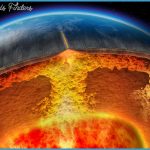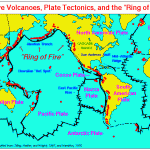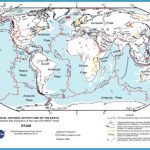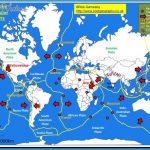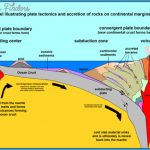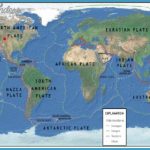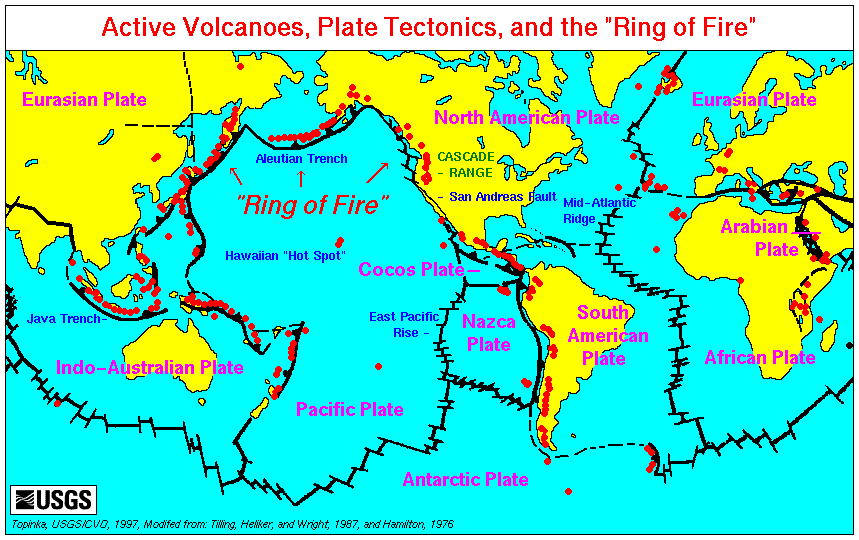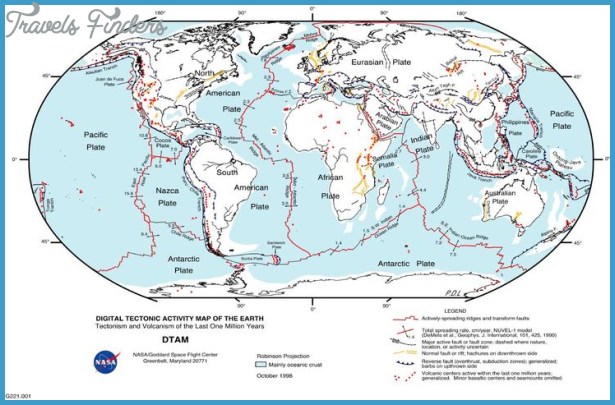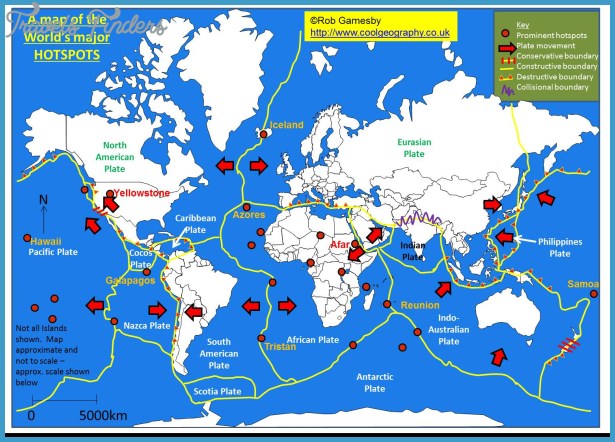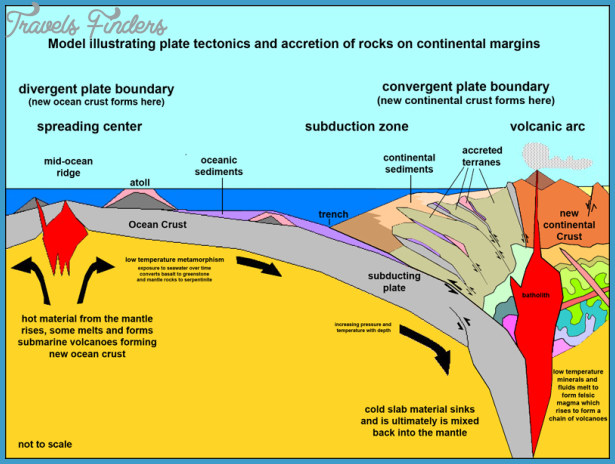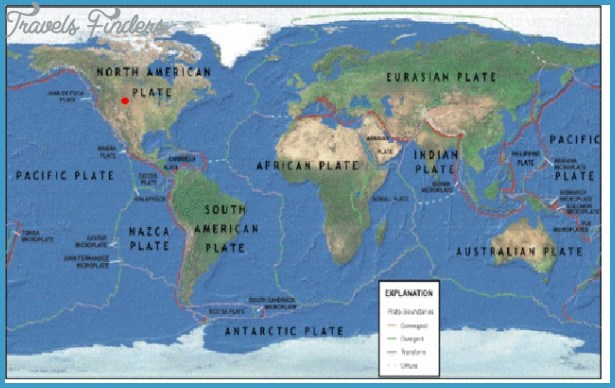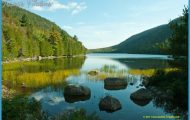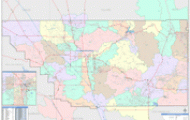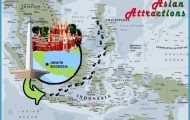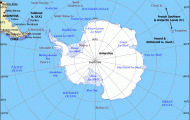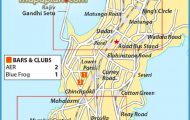Most people today are aware that the continents move around on the earth’s surface, fortunately at only a few inches (cm) per year, by a process that geologists call plate tectonics. Yellowstone Park is not immune to this process and, in fact, has been singled out for some special events. The plates of plate tectonics are huge slabs that occupy the uppermost 60 On the lower third of Barronette Peak’s cliffs are alternating white and brown layers of sedimentary rocks that are approximately 350 million years old. The chocolate-colored rocks above these are part of the much younger Absaroka Range Volcanics. miles (100 km) of the solid earth. They are obliged to slide around due to the uneven heating of the earth’s interior. Parts of the interior rise, being hotter and less dense, while cooler portions sink, as shown in Figure 5. We don’t know when the plates started to move in this manner, but it was probably some time during the first half of the earth’s 4.6-billion-year existence. The diagram shows three types of upward movement from the earth’s deep interior: one at mid-ocean ridges, one where plates subduct and cause some melting, and a third along rising vertical columns, called plumes. Figure 5.
Plate tectonics and plume activity related to the Yellowstone region; a cross section through the earth. This approximately west to east cross section shows sources of magma (molten rock) that reach nearly or all the way up to the earth’s surface (not drawn to scale). This sketch does not represent a single point in time. The Absaroka Volcanoes and Yellowstone hot spot, for example, are both shown erupting, but the Absarokas finished erupting about 40 million years before the first Yellowstone caldera eruption. A is the source area at a mid-ocean ridge. Plates move apart as molten rock rises to fill the space. B shows how the sinking (subducting) Juan de Fuca plate that passed north of the Sierra Nevada Range in California continued toward Wyoming. It is possible that when it reached the Yellowstone area, it encountered a rising plume of very hot rocks (red), truncated these, and continued until it was deep enough for melting to start. The melting formed the magmas that created the Absaroka Volcanoes 53 to 44 million years ago. The plume that was truncated continued to rise under the Yellowstone area; it produced all the volcanism and thermal activity of Yellowstone Park.
In fact, it is uncertain whether or not there was ever more plume below the observed bottom of the red area. C shows a plume that rose under western Nevada near Oregon about 17 million years ago. Then the North American plate brought the Yellowstone area over the plume about 2 million years ago. The figure shows the spatial relations of the different features, even though events were not simultaneous. When plates sink deep into the earth (called subduction), they normally do so at an angle to the surface. The plates drag seafloor sediment and other nearsurface rocks down to great depths, where they reach high temperatures and pressures. These rocks differ so markedly from those normally at great depth that they cause melting to occur, very much like a flux helps to melt solder. Since molten rock (called magma) is less dense than the solid rocks, it rises toward the surface. If such magma reaches the surface, it forms a chain of volcanoes, such as the Absaroka Range. Elsewhere, the magma cools and solidifies before reaching the surface, as in California’s Sierra Nevada. Both the Sierra magmas and the Absaroka Range magmas were formed above the subducting plate.

